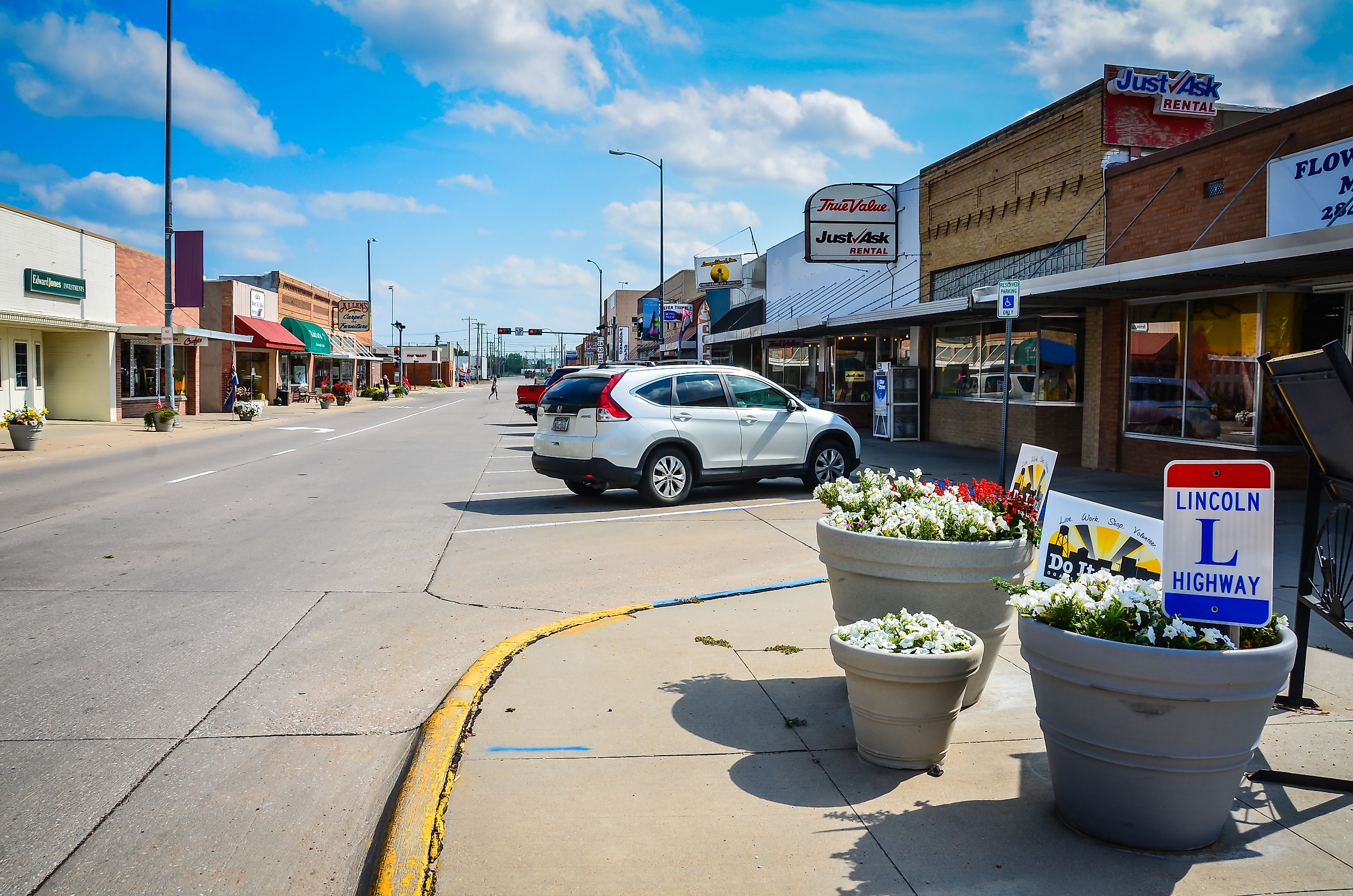
8 Close-Knit Towns To Visit In Nebraska
Nebraska, the 37th State to be admitted to the Union on March 1, 1867, is the solitary triply landlocked state of the nation set in the American Midwest region. Esteemed for its mildly undulating hills, woodless prairies, sweeping grasslands, immaculate bodies of water, spirited cultural spheres, and memorable spectacles, the Cornhusker State packs diverse wonders within its confines. And while a substantial number of tourists visit urban agglomerations like Omaha and the state capital, Lincoln, the uncountable close-knit towns interspersed throughout Nebraska’s scenic terrain are often circumvented by regular travelers. Suffused with a strong sense of Native American history and Old West traditions, these intimate communities provide vacationers with a breath of fresh air far away from the hustle and bustle of major cities.
McCook
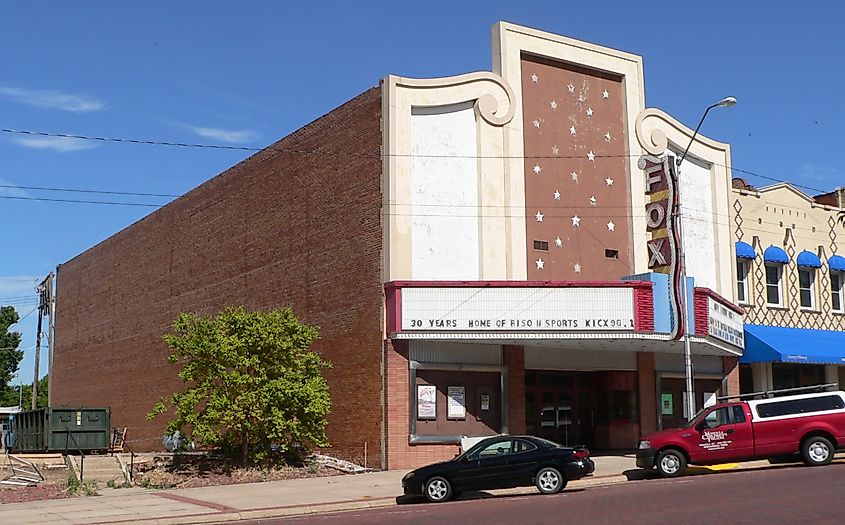
Founded in 1882 and titled as a tribute to Alexander McDowell McCook - a Union Army Brigadier General in the American Civil War, this teeny town is situated in the Red Willow County of southwestern Nebraska. When traversing this ‘Capital of the Buffalo Commons,’ trippers should drop by the Heritage Square, Senator George Norris State Historic Site, Heritage Hills Golf Course, Harvey P. Sutton House, Museum of the High Plains & Carnegie Library, and McCook Art Guild. The vicinal Red Willow State Recreation Area is ideal for an array of leisure pursuits, while merrymakers can partake in the town’s many yearly events like the Southwest Nebraska Freedom Festival, “Heritage Days,” and Buffalo Commons Storytelling & Music Festival.
Ogallala
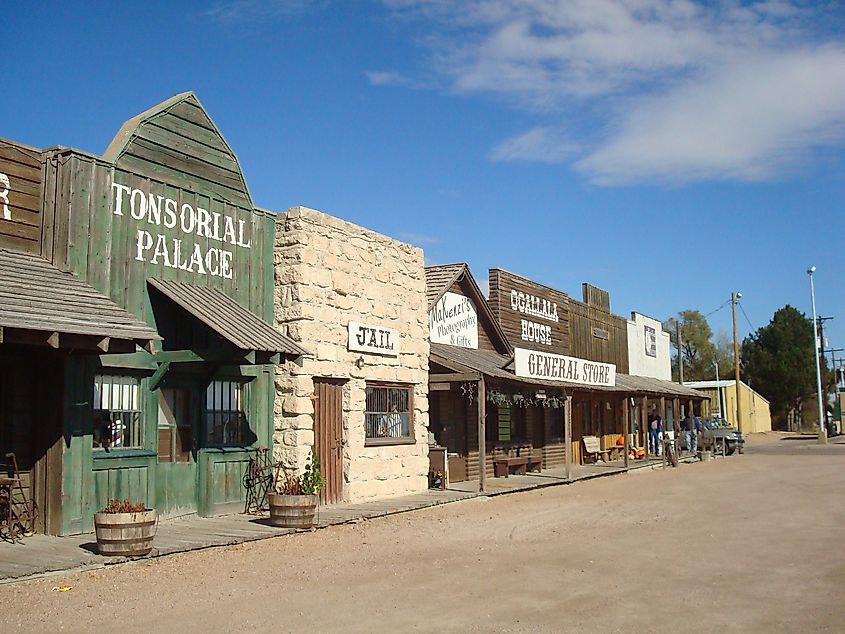
The administrative capital of southwestern Nebraska’s Keith County, Ogallala, labeled after the Indigenous Oglala Sioux tribe, is located by the shores of the South Platte River. Primarily a stop on the Pony Express from the Nebraska Territory days, tourers visiting Ogallala must peruse the Front Street’s innumerable 19th-century style antique edifices, Front Street Cowboy Museum, Buenz Gifts store, the Crystal Palace Revue, Front Street Steakhouse & Crystal Palace Saloon, and the Kenfield Brothers Petrified Gallery. Besides these tourist magnets, Ogallala’s biggest attraction is the nearby Lake McConaughy State Recreation Area, which provides opportunities for multifarious water-based recreation activities like fishing, boating, scuba diving, camping, wildlife viewing, and picnicking.
Seward
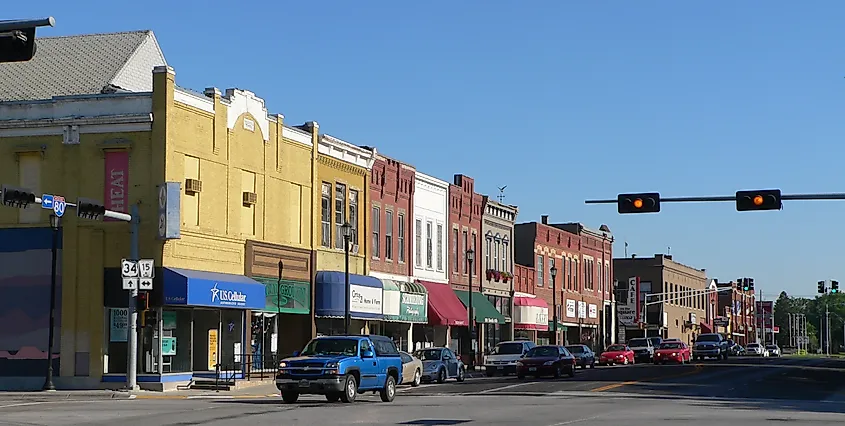
Platted in 1868, this 7,643-inhabitant town, which forms a part of the Lincoln Metropolitan Statistical Area, is the shiretown of Seward County. Widely known for its innate attractiveness, Seward entices excursionists to come and check out the adjoining Plum Creek Park, which provides a green setting for a variety of sporting facilities like basketball courts, tennis courts, etc. Head to the Seward County Museum, the Bartels Museum & Marxhausen Gallery of Art, the Nebraska National Guard Museum, and the centenarian Rivoli Theater to gain knowledge about Seward’s intriguing past and cultural heritage. Moreover, being ‘America’s Official Fourth of July City - Small Town USA,’ the town is well recognized for its continual Independence Day celebrations year after year since 1868. Likewise, find time to attend the Rivoli Theatre’s annual Flatwater Film Festival.
Valentine

Dubbed “America’s Heart City,” this 2,633-inhabitant Cherry County administrative center occupies the Sandhills physiographic region’s northern flank, directly north of the Niobrara River. Showcasing plenty of hiking trails, championship golf courses, a National Scenic River (Niobrara River), two national wildlife refuges (Fort Niobrara National Wildlife Refuge and Valentine National Wildlife Refuge), and profuse hunting and fishing opportunities, Valentine is truly an elysium for green enthusiasts. Additionally, outdoor lovers must tour the Smith Falls State Park and gawk in amazement at the tallest waterfall in the state, hike/bike the Cowboy Trail, which covers around 200 miles of a railroad line primarily utilized by the Chicago and Northwestern railroad. After a hectic day of exploration, have supper at any of Valentine’s top-quality diners, such as Coach Light Inn, Peppermill Restaurant & EKV Lounge, and Bunkhouse Restaurant & Saloon.
Red Cloud
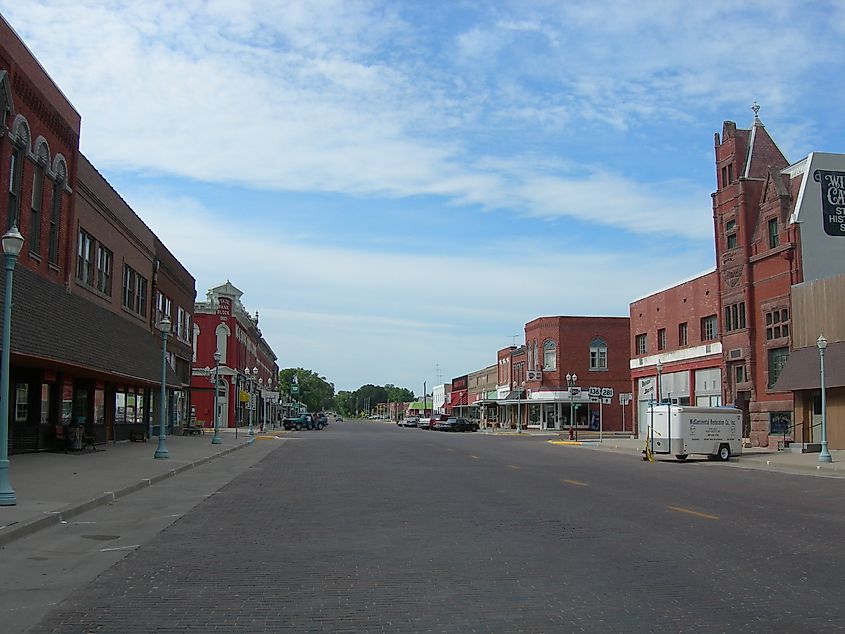
Labeled after the illustrious Oglala Lakota chief, this Webster County seat of government is situated next to Republican River, around 35 miles south of Hastings. This 962-inhabitant town is widely known to all bibliomaniacs for being Willa Sibert Cather - the eminent American author’s childhood home. Multiple 19th-century structures described by the novelist in her stories presently form a part of the Willa Cather Historic District - the US’s most extensive collection of nationally designated heritage properties dedicated to a prolific storyteller. The Willa Cather Foundation, set up in 1955, oversees the National Willa Cather Center, which houses a bookstore, a permanent display on the life & works of the Pulitzer Prize-winning writer, an art gallery, the Red Cloud Opera House, and ‘American Bittersweet’ - a huge collection of thermally regulated Special Collections & Archives. Also, traverse the hiking trails of Willa Cather Memorial Prairie, which provide panoramic views of the conterminous landscapes.
Chadron
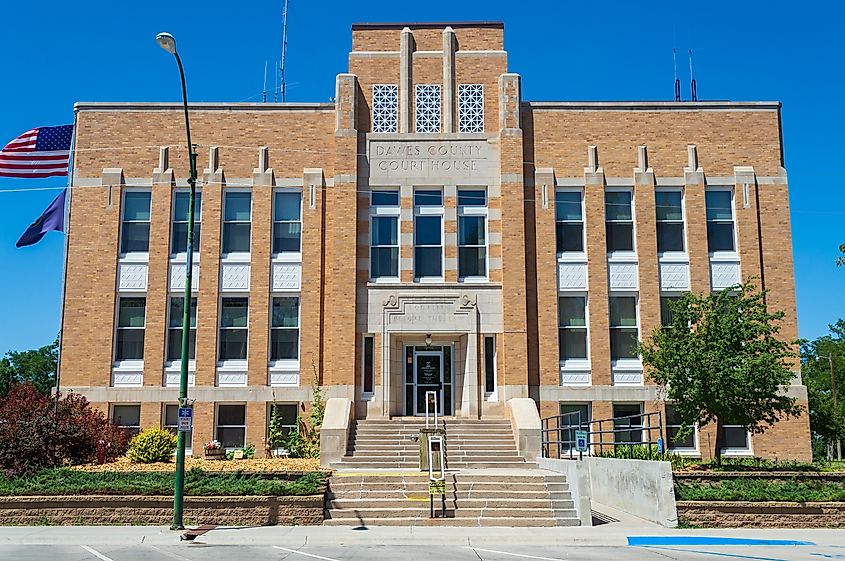
Dawes County’s administrative capital, baptized in honor of Louis B. Chartran - the Metis fur trapper, is located in the Nebraska Panhandle, proximate to the White River, a short distance from the state boundary with South Dakota. Situated near this close-knit community are a handful of wide-open spaces, such as the Pine Ridge National Recreation Area, Nebraska National Forest, and Chadron State Park, which provide holidayers with plentiful leisure-time activities. Placed just 3 miles east of the community on the site of the former Bordeaux Trading Post of the American Fur Company is the Museum of the Fur Trade. Displaying more than 6000 authentic artifacts, this museum flawlessly preserves the staggering history of the North American fur trade, attracting a vast number of sightseers yearly. Every July, the town hosts a ‘Fur Trade Days’ celebration as a reverence to its establishment as a ‘fur and hide trading post’ for early settlers in the 19th century.
Aurora
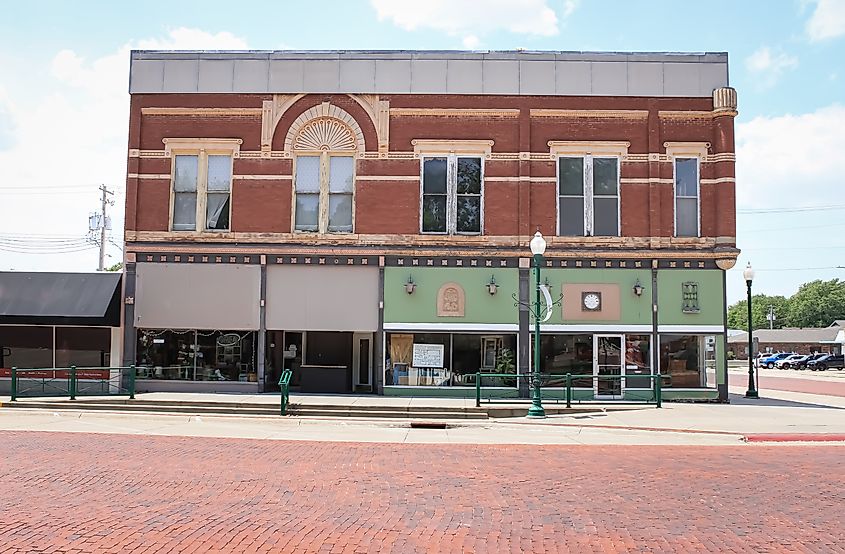
Aurora, the Hamilton County seat christened by founder David Stone after his erstwhile Illinois hometown, is set approx. 75 miles from the state capital. Acclaimed for its captivating surroundings and comforting atmosphere, Aurora’s celebrated spots include the Plainsman Museum, Edgerton Explorit Center, Gjerloff Prairie & Sherman Ranch, Central Park Square, and Cole Park. Take a quick bite at any of the town’s top-notch eateries, such as Rath’s Café, Grandview Café & Lounge, and JoJo’s Gelato & Grill. During the warmer months, head to the Farmers’ Market and take home pastries, jellies, spices, jams, fresh homegrown veggies, and hand-crafted goods.
Brownville
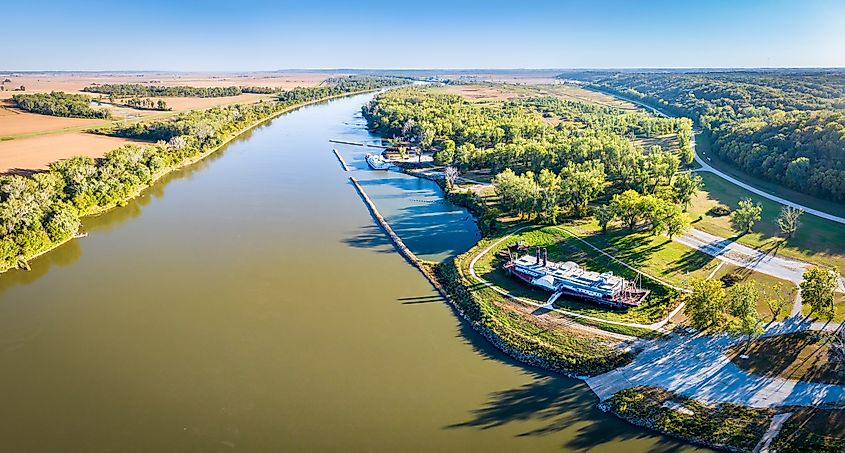
An enchanting hamlet in southeastern Nebraska’s Nemaha County, Brownville is located along the Missouri River at the margin of the prairie, adjoining the Missouri River Valley’s wooded, rolling Loess Hills. Established by Richard Brown in 1854 and designated a National Register Historic District, Brownville is a noted tourist destination featuring countless carefully maintained landmark properties that have been transformed into museums and opened for public viewing. Museophiles on a tour to Brownville must stop by the Captain Bailey House, Governor Furnas House, Meriwether Lewis Museum of Missouri River History, Wheel Museum, and Carson House. Additionally, art galleries like Schoolhouse Art Gallery & Nature Center and EnvironsArt of the Midwest Working Studio/Gallery, gift shops like The Bird’s Nest Trading Post, restaurants like The Lyceum, and comfy bed & breakfasts like The River Inn Resort have helped metamorphose the town into a thrilling retreat luring visitors from the adjacent urban cities. Hang out at the nearby Indian Cave Park, aside from attending the Brownville Concert Series, Freedom Day Celebration on the Fourth of July, the annual spring and fall flea markets, and the Brownville Fine Art Show.
From the ‘Capital of the Buffalo Commons’ to ‘America’s Heart City,’ the marvelous towns dotting the 38th most populous and 16th largest state of the country appeal to both regional and international visitors with their individualities and best-kept secrets. So, if you feel inclined to uncover the bucolic landscapes, nationally admired attractions, copious outdoor amusements, friendly townsfolk, and kaleidoscopical festive gatherings, these closely allied Nebraskan communities are impeccable for spending your brief weekend escapes or lengthy breaks.











